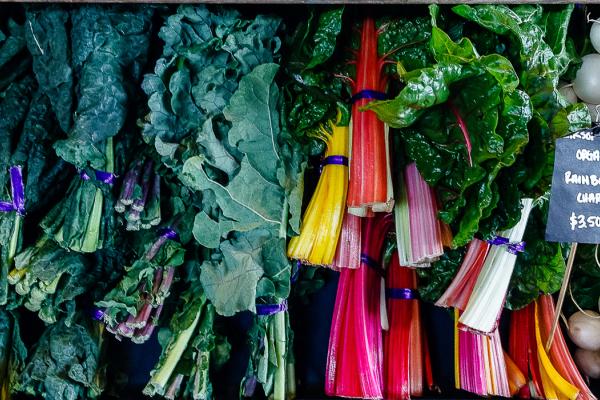KARLA VASQUEZ, director of community programs at With Love Market and Café in south Los Angeles, takes a live-and-let-live approach to cooking and nutrition. In classes at the recently opened market—whose mission includes increasing access to affordable fresh food in an underserved area—she encourages people to try new foods. But the bottom line, she told Sojourners: “You don’t like kale? I will never make you eat it.”
Vasquez doesn’t teach a catechism of “healthy vs. unhealthy” foods. A community organizer with culinary training, she instead focuses on giving class participants tools for healthier, but realistic, eating: how to understand nutrition labels and cook those healthy ingredients, so they can have food that will work for them. So in a class on “guilty pleasures” Vasquez discourages the guilt, instead offering ways to gently alter beloved dishes to maximize flavor and make them more nutritious, rather than give them up completely. She calls a class on all-vegetable dishes “cooking the rainbow,” emphasizing the beauty and taste of dishes made vibrant with a variety of produce—because she knows if she used the word “vegan,” many of her students might balk. “They’d say ‘That’s not for us—that’s what hipsters eat!’” she says.
With Love Market (withlovela.com) is a for-profit business that promotes a social bottom line. Along with the food market and classes, there is a café and a community garden. With Love pays its staff an above-average wage and specifically recruits employees from the neighborhood, hoping to help long-time Latino/a and African-American residents stay despite the pressures of gentrification. And it tries to create a space where long-term and newer residents of all backgrounds, plus students from the nearby University of Southern California, feel welcome.
Read the Full Article

